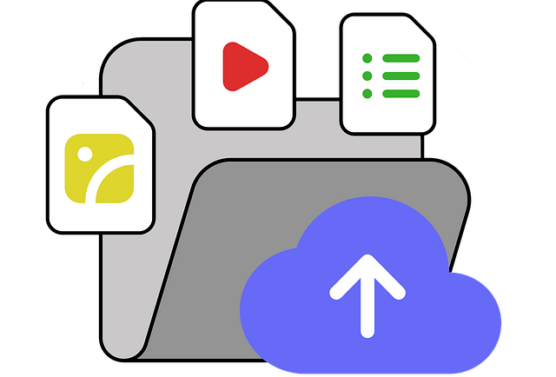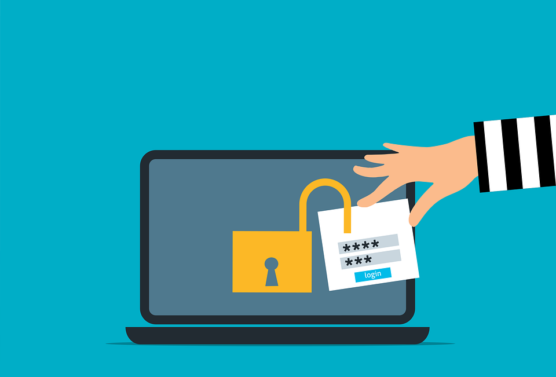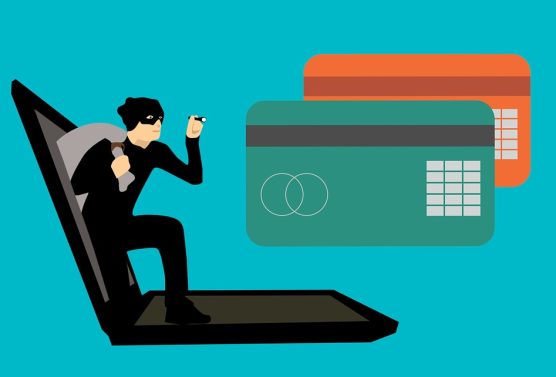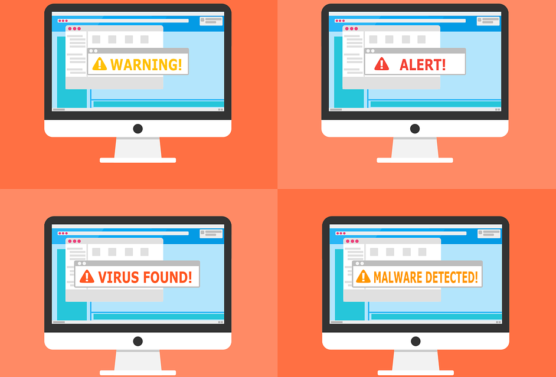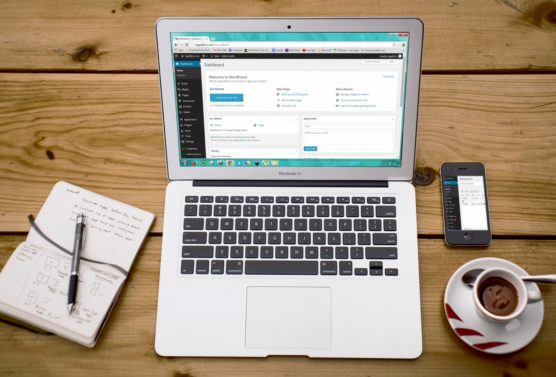WordPress is the world’s most popular content management system (CMS), powering more than 40% of all websites. With its ease of use, flexibility, and enormous library of plugins and themes, it’s no surprise that so many individuals and businesses choose WordPress to build their online presence. But with great popularity comes increased risk—WordPress is also a frequent target for hackers.
The good news? WordPress can be a secure platform if you follow proper security best practices. At Page Progressive, we understand that owning a website is about more than just having a good-looking front end—it’s about protecting your investment, your data, and your visitors. That’s why we take WordPress security very seriously and handle the heavy lifting for our clients.
Let’s explore how you can keep your WordPress site secure and why these practices are essential.

